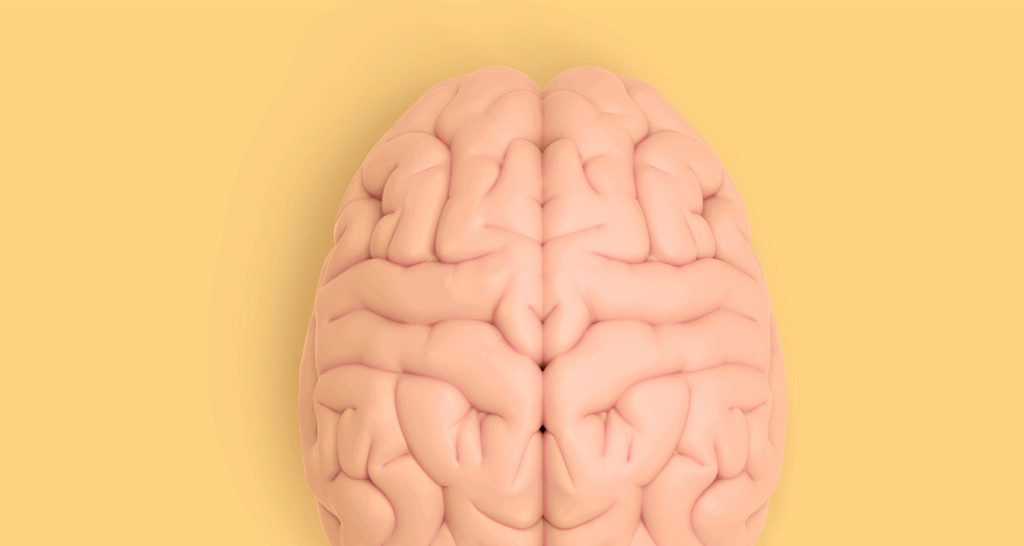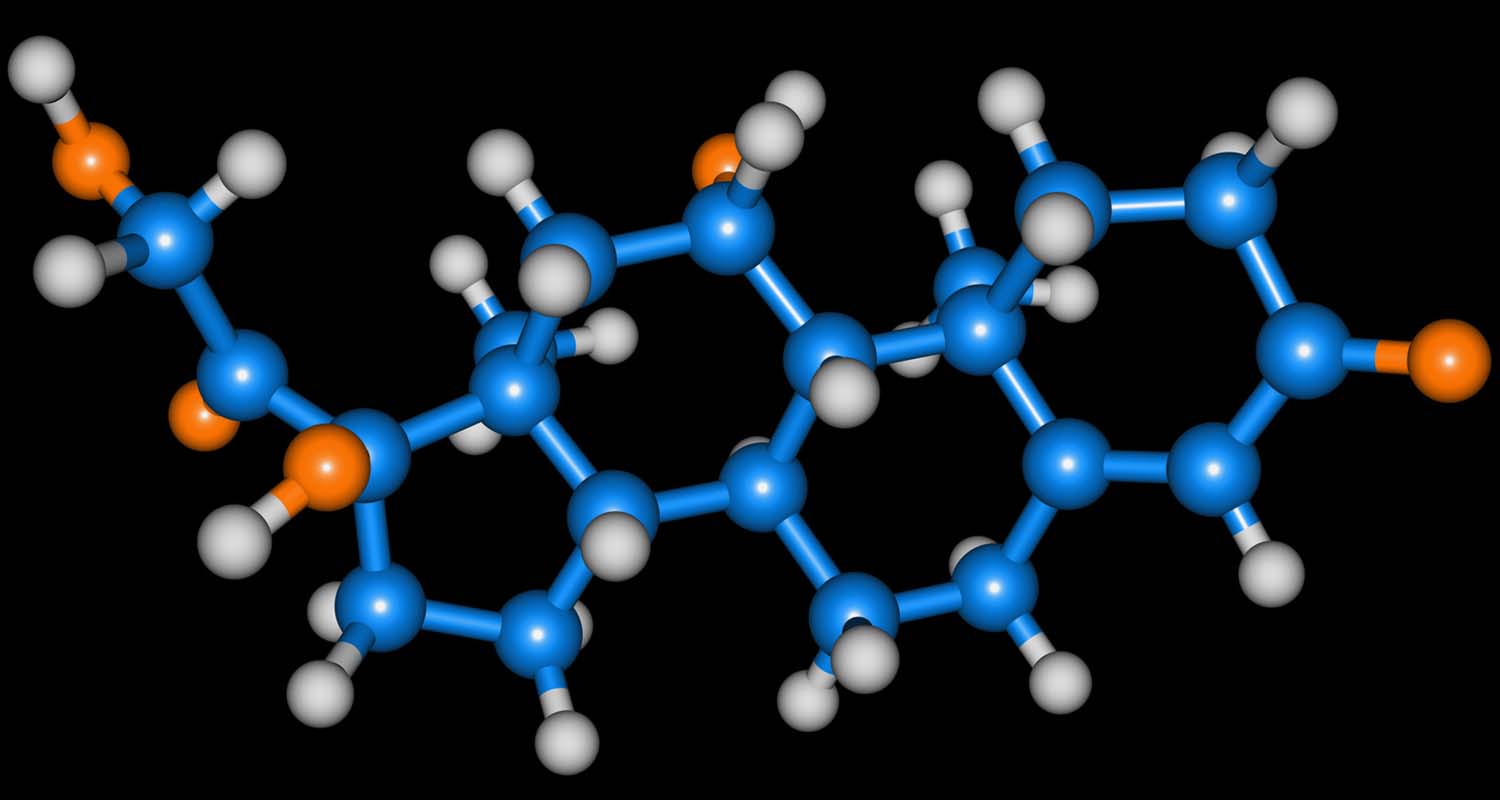In this episode of Bulletproof Radio, what interests me most about James Clear is that he’s researched habits in the context of human potential—he’s always searching for the answer to a central question, “How can we live better?”
He’s a writer and speaker focused on habits, decision-making, and continuous improvement. His best-selling book, “Atomic Habits: An Easy and Proven Way to Build Good Habits and Break Bad Ones,” is grounded in meticulous research and details how habits can help people fulfill their potential.
“Your habits compound over time as they start to layer on top of each other and increase over time,” James says. “But your decisions—if you imagine your life is like a string of decisions—those decisions can compound for you or against you, too. The benefit of making a single good choice is fine, but the benefit of making a string of good choices can be significantly better. You’re really trying to string those two together.”
His work has appeared in many media outlets, including Entrepreneur and Time magazines, the New York Times, the Wall Street Journal and on CBS This Morning. He also is a regular speaker at Fortune 500 companies, and his work is used by coaches and players in the NFL, NBA, and MLB.
Enjoy the show!
Follow Along with the Transcript
Use Atomic Habits to Upgrade Your Decisions – James Clear – #645
Links/Resources
Website:jamesclear.com
Facebook: facebook.com/jamesclear/
Twitter: @jamesclear
Instagram: @james_clear
Key Notes
- Why James writes about habits 00:05:05
- The difference between habits and decisions 00:07:10
- The impact of a collection of habits (or system) 00:10:10
- The role of luck 00:11:05
- Any behavior produces multiple outcomes over time 00:15:25
- Dave’s story about having knee surgery 00:17:40
- How do you know when a habit is working or not? 00:19:40
- Advice for where you can add (or anchor) a habit 00:24:15
- People think they lack motivation but they really lack clarity 00:26:05
- Habits by definition get tied to a particular context 00:27:40
- Having a goal is necessary but it is not sufficient 00:31:30
- “You don’t rise to the level of your goals, you fall to the level of your systems” 00:33:50
- Habits are constantly being built whether you think about it or not 00:35:40
- Can you control all of your habits? Or instincts? 00:39:00
- The difference between “I have to” and “I get to” 00:44:55
- Self-control versus a designed-environment 00:48:20
- How peer-pressure works 00:49:15
- The influence of your tribe 00:53:30
- The four steps in a habit 00:58:20
- Dopamine spikes before you have the experience, not after 00:59:35
- What is the one bad habit that James hasn’t broken? 01:07:05
- Walk back the behavioral chain that leads to the unwanted outcome 01:08:30
Go check out my new book “Super Human: The Bulletproof Plan to Age Backward and Maybe Even Live Forever“ and also “Game Changers“, “Headstrong” and “The Bulletproof Diet” on Amazon and consider leaving a review!
If you like today’s episode, check us out on Apple Podcasts at daveasprey.com/apple and leave us a 5-star rating and a creative review.













 The serious, obvious flaw in “The China Study” is in the very first chapter. Campbell starts off talking about cancer research in rats. Here are the basics of the study he cites:
The serious, obvious flaw in “The China Study” is in the very first chapter. Campbell starts off talking about cancer research in rats. Here are the basics of the study he cites: One thing Campbell didn’t consider is the reality of meat production in 1980s China. Here are a few concerns:
One thing Campbell didn’t consider is the reality of meat production in 1980s China. Here are a few concerns: Plants use a lot of defense tactics to protect themselves from predators. They often produce special compounds that make animals sick when they eat too much of them, and many of those compounds are proteins.
Plants use a lot of defense tactics to protect themselves from predators. They often produce special compounds that make animals sick when they eat too much of them, and many of those compounds are proteins.  “The China Study” is wrong about animal proteins being bad for you across the board. What Campbell did get right is that eating excessive muscle tissue is anti-longevity. Going light on protein increases autophagy, your body’s natural cellular cleaning process, which gets rid of waste and makes your cells more efficient.[ref url=”https://www.ncbi.nlm.nih.gov/pmc/articles/PMC3690365/”]
“The China Study” is wrong about animal proteins being bad for you across the board. What Campbell did get right is that eating excessive muscle tissue is anti-longevity. Going light on protein increases autophagy, your body’s natural cellular cleaning process, which gets rid of waste and makes your cells more efficient.[ref url=”https://www.ncbi.nlm.nih.gov/pmc/articles/PMC3690365/”]